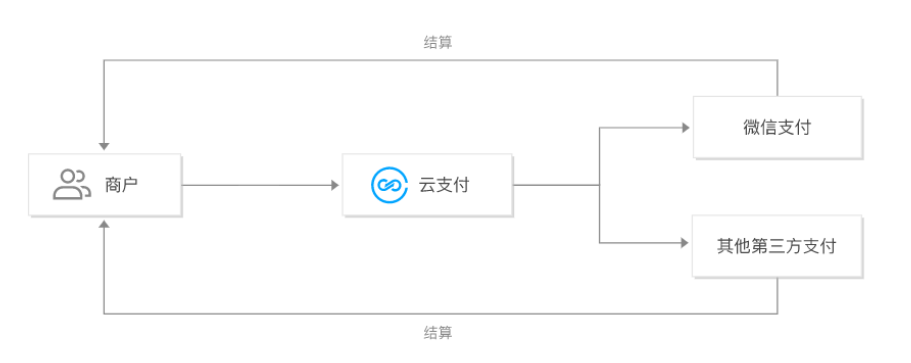基本介绍
云支付是腾讯云联合微信支付推出的商户聚合收款技术解决方案,为服务商开展业务提供开放、可靠和低成本的收款技术服务。
云支付仅向商户提供聚合收款技术服务和商户管理功能。服务商可不做任何软件开发,通过在网页上配置,即可帮助商户接入第三方支付。
服务商也可使用云支付提供的 SDK 和 HTTPS 接口,将云支付集成进自己的系统中,为商户提供个性化的解决方案。


附加说明
服务商需先接入第三方支付,才能使用云支付。
手续费率等商业信息,需服务商和第三方支付协商,云支付不感知。
云支付仅向商户提供收款技术服务,结算等资金操作由第三方支付完成,云支付不参与。
扫码关注云支付,获取云支付最新资讯。


视频介绍
腾讯云为广大用户提供了多种类型的视频教程,为服务开发者提供了专业的云技术学习平台。以下是微信云支付相关的视频教程: